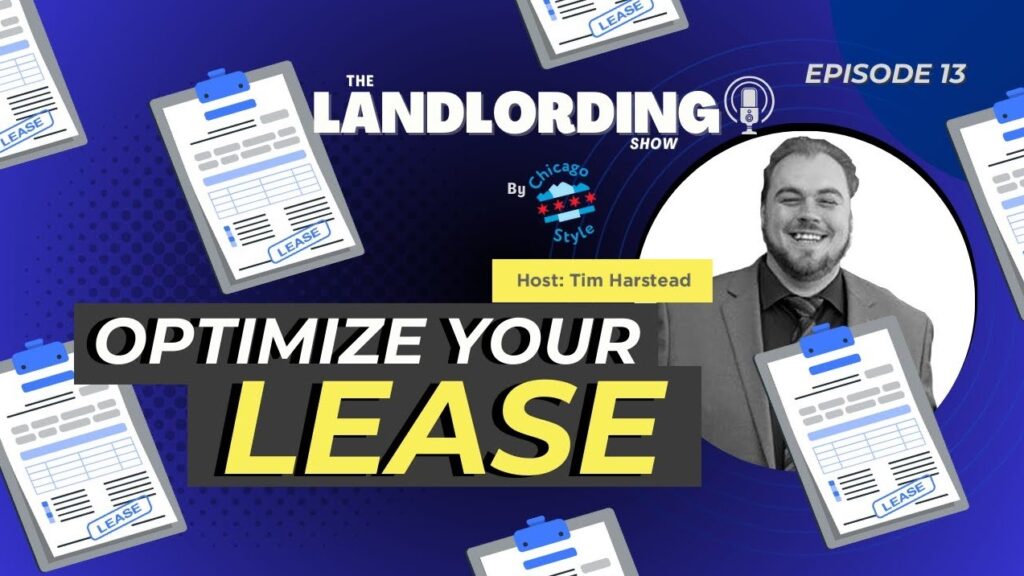Sometimes it happens to me —and maybe to you too— that I hear terms like lease optimization and they sound ultra-technical, almost corporate. But when you look a little closer and take your time with it, you realize it’s simply a smart way to manage what you already do: making better decisions about your contracts, your tenants, and the real value of your properties or assets.
And yes, let me spoil something for you: optimizing isn’t about raising rents like crazy. It’s about understanding context, anticipating what’s coming, choosing your battles, and adjusting your strategy. Same as in life, really.
What Is Lease Optimization, Really?

Straight to the point: optimizing a lease means aligning it with market reality without sacrificing your profitability or the relationship with your tenant.
It’s Not Magic: It’s Strategy, Data, and a Touch of Intuition
If you zoom out, it comes down to three pillars:
- Know the market: Are your prices below comparable properties?
- Structure strong conditions: clear escalations, reasonable incentives.
- Make data-driven decisions: modern tools and analysis that won’t catch you off guard.
Some people still do it “the old-school way,” relying on intuition and experience. And honestly, that still works… but we live in a world where ignoring data is like driving with your eyes half-closed.
Why Should Lease Optimization Matter to You?

I asked myself that same question a few years ago. I thought that simply having the property rented meant I was “winning.” Spoiler: nope.
A Real (and Painfully Common) Example
A property owner I know rented out a property below market value for three years. When he tried to renegotiate, he discovered:
- The tenant had gotten used to the price.
- The market had gone up, but he never adjusted.
- And to top it off, the automatic renewal clause tied his hands.
The result? He lost thousands of dollars without even noticing… simply because he didn’t optimize in time.
That’s when I learned something important: not optimizing is also a decision… just usually the worst one.
Key Parts of Lease Optimization (Explained Without Jargon)

1. Analyze Your Market Without Marrying the First Impression
Comparables (“comps”) exist for a reason. Researching similar properties —size, location, condition— helps you understand where you truly stand.
- Are you underpriced?
- Are you overpriced?
- Are you offering less for the same amount?
This analysis gives you a compass. And who wants to navigate blindly?
2. The Magic Is in the Incentives (When Used Properly)
A common mistake is believing that offering incentives hurts your profitability. But when used wisely, they can become your strongest advantage.
Practical Examples
- A free month can attract a high-quality tenant.
- Specific improvements (lighting, HVAC upgrades) can justify a higher rent.
- A longer-term contract with clear escalations can provide financial stability.
It all comes down to this: Give a little now to gain much more long-term.
3. Escalations: Your Shield Against Inflation
If your rents don’t grow… they shrink.
Escalations (fixed annual increases or index-based ones) protect your cash flow and your lease’s long-term value.
Effective lease optimization always includes:
- A reasonable annual percentage increase.
- Clear clauses without aggressive fine print.
- Periodic reviews of contract performance.
4. Technology Doesn’t Replace Your Judgment… It Enhances It
Today, there are systems that analyze demand, turnover, comps, and even predict the best moment to adjust rent.
Can you imagine making decisions with a dashboard that tells you:
“If you adjust rent by 4% now, you retain the tenant and maximize revenue”?
It’s like having a co-pilot that never gets tired.
5. If Your Lease Is Specialized (towers, land, complex commercial)… Watch Out for “Friendly” Tactics
Some companies will offer to “optimize” your lease, but in reality what they want is… to optimize it for themselves.
If you receive a letter like:
- “We want to review your contract to make it more competitive.”
- “We’re looking for a win-win agreement.”
My personal advice: review EVERYTHING.
When a lease involves specialized infrastructure, every clause weighs double.
Personal Reflection: Optimizing Also Means Protecting Your Peace of Mind

I had never thought about it this way, but lease optimization has an emotional side to it.
It gives you clarity.
It gives you control.
It protects you from surprises (which are almost never good).
And above all, it makes you feel like you’re not depending on luck but on intentional decisions.
Isn’t that a wonderful feeling?
How to Get Started Today (Without Feeling Overwhelmed)

- Review your current leases.
- Note any clause you don’t fully understand.
- Compare your prices with 5–10 similar properties.
- Make a simple list:
- What works
- What doesn’t
- What can be improved
- And if you feel ready, use a digital tool or consult an expert.
Sometimes just “seeing it on paper” is enough to open your eyes.
The truth is, lease optimization isn’t a luxury or a technique reserved for big companies. It’s a skill any property owner can learn and apply through small steps and intentional decisions.
It’s not about squeezing tenants or making unreasonable concessions; it’s about finding that balanced point where you win, the tenant wins, and the future of your property wins.

